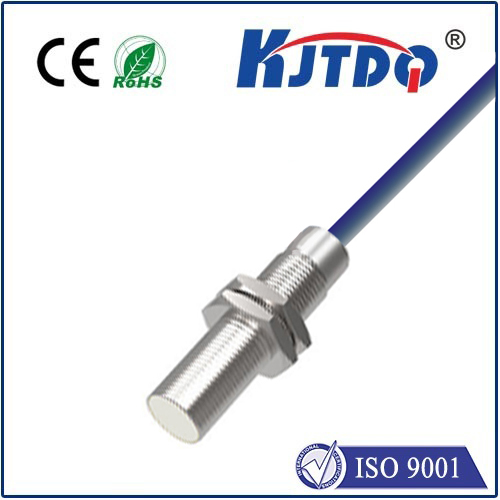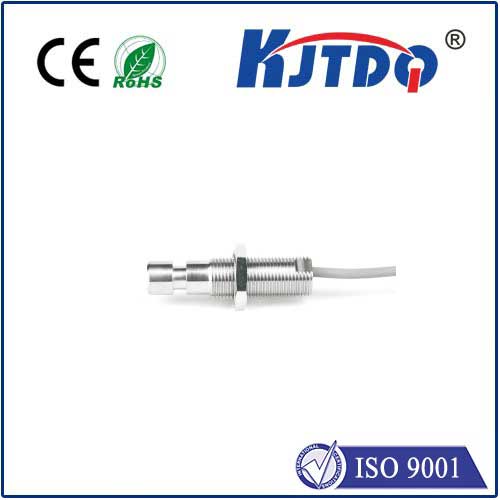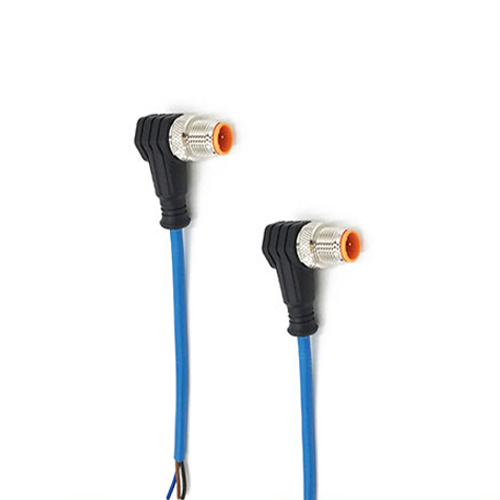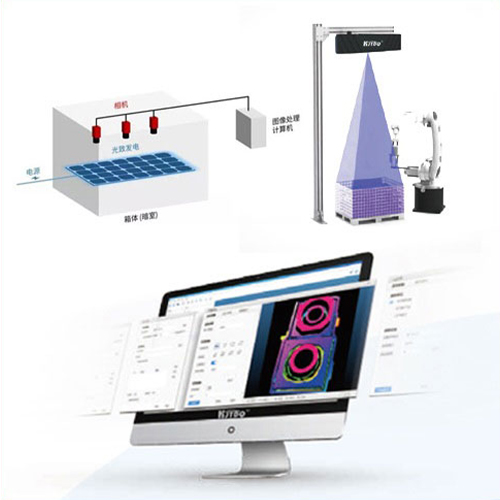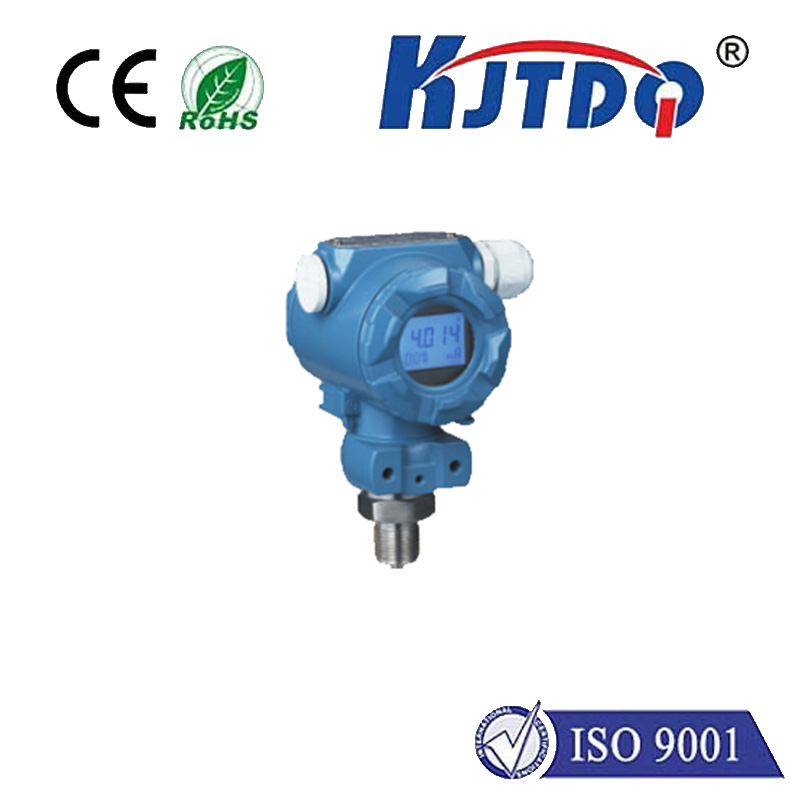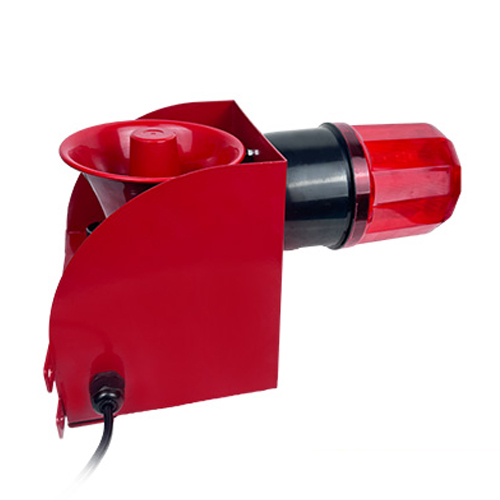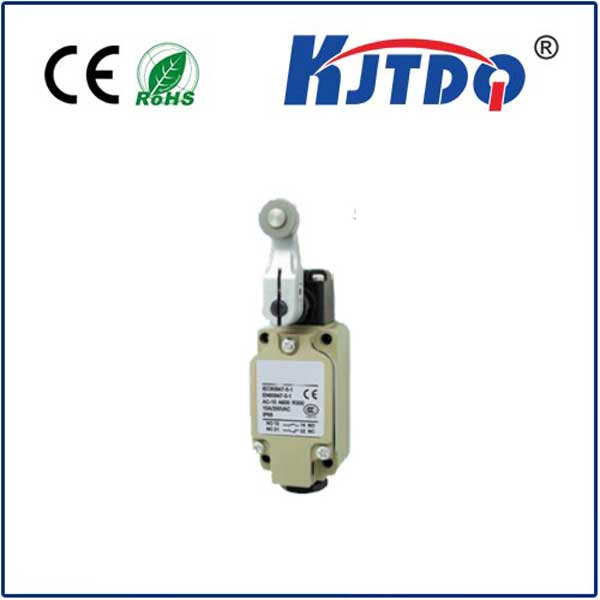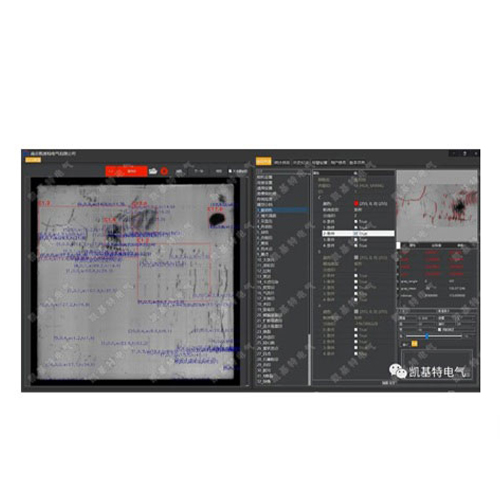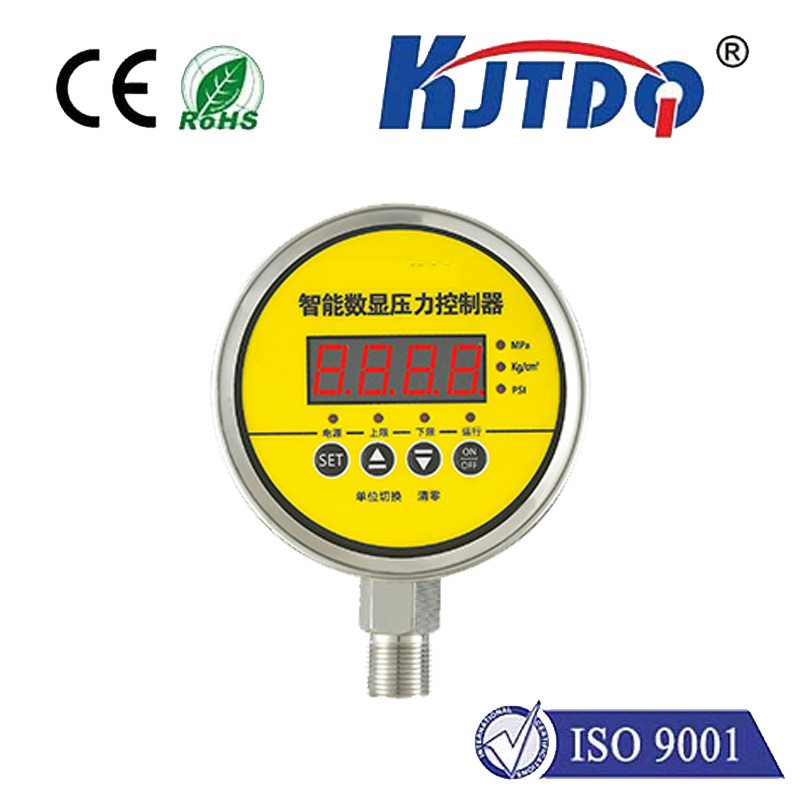

check

check

check

check

check

check

check

check

check

check
neumatic Limit Switch: An Indispensable Tool for Precision Control
In the world of automation and industrial machinery, precision control is of utmost importance. The ability to monitor and regulate equipment with accuracy can significantly enhance productivity and reduce downtime. One tool that plays a crucial role in achieving this level of control is the pneumatic limit switch. This article will delve into the significance of pneumatic limit switches, their applications, and how they contribute to enhancing operational efficiency in various industries.
Understanding Pneumatic Limit Switches
A pneumatic limit switch is an electromechanical device designed to detect the position of mechanical components in a system. It operates on compressed air and utilizes a piston or diaphragm mechanism that moves in response to air pressure changes. When the mechanical component reaches a certain point, it triggers the switch, which then sends an electrical signal to initiate or terminate a specific action. This mechanism ensures that machinery operates within pre-determined limits, preventing overtravel and potential damage to equipment or products.

Applications Across Industries
Pneumatic limit switches have widespread applications across various industries due to their reliability and ability to function in harsh environments. In manufacturing, these switches are integral in robotic arms, assembly lines, and conveyance systems to ensure precise positioning and prevent collisions. They also play a vital role in packaging machinery by controlling the fill level detection and product ejection mechanisms.
In the automotive industry, pneumatic limit switches are used in painting booths and assembly line operations to monitor the movement of car bodies and parts. This not only enhances production speed but also maintains quality by ensuring accurate alignment and placement during assembly.
The food and beverage industry relies on pneumatic limit switches for filling machines, where they control the start and stop of filling processes based on container positioning. This precision control ensures consistent product quality and reduces waste.
Contribution to Operational Efficiency
Pneumatic limit switches contribute significantly to operational efficiency by minimizing errors and reducing the need for manual intervention. By automating the monitoring of machinery movements, they help increase production speed while maintaining high standards of quality control. These switches can operate continuously without frequent maintenance requirements, making them a cost-effective solution in the long run.
Moreover, pneumatic limit switches improve safety by preventing machinery from reaching potentially dangerous positions. They provide an additional layer of protection against equipment failure or human error, which could lead to accidents or downtime.
Conclusion
In conclusion, pneumatic limit switches are essential tools for precision control in various industries. Their ability to monitor mechanical component positions accurately and reliably enhances operational efficiency, reduces errors, and improves safety. As industries continue to embrace automation and seek ways to optimize production processes, the importance of pneumatic limit switches will undoubtedly continue to grow.
